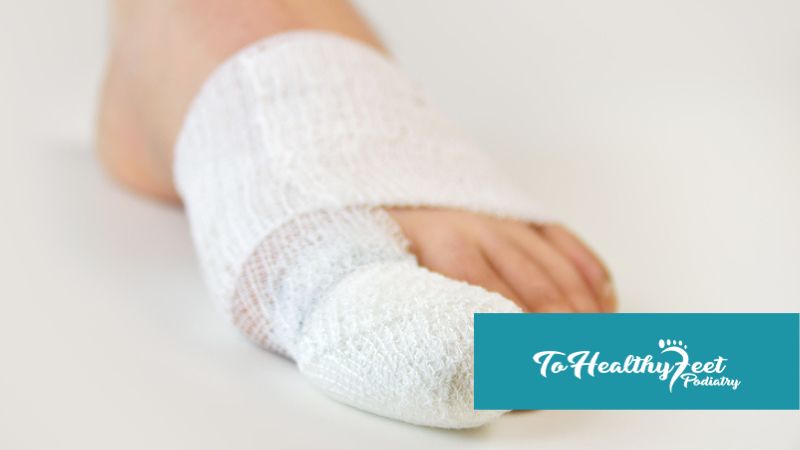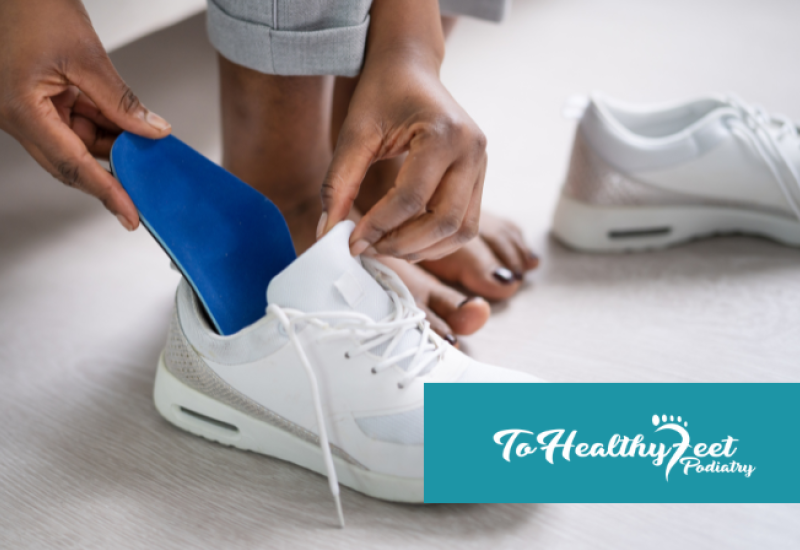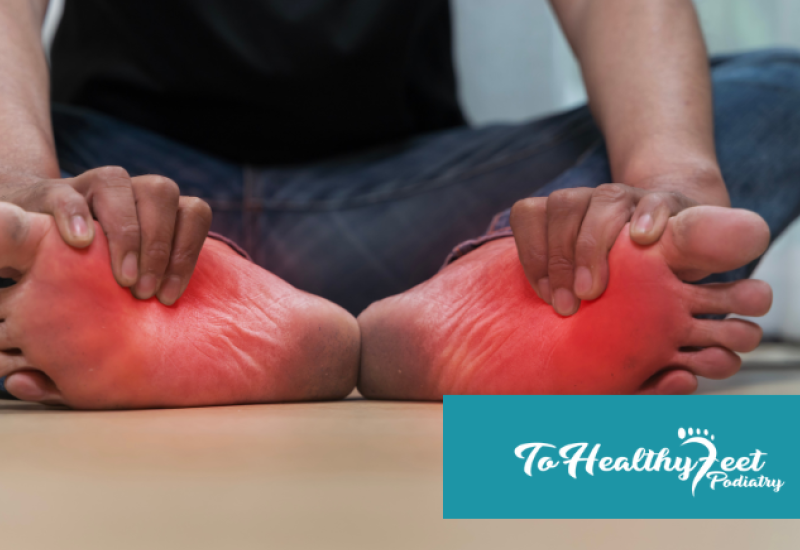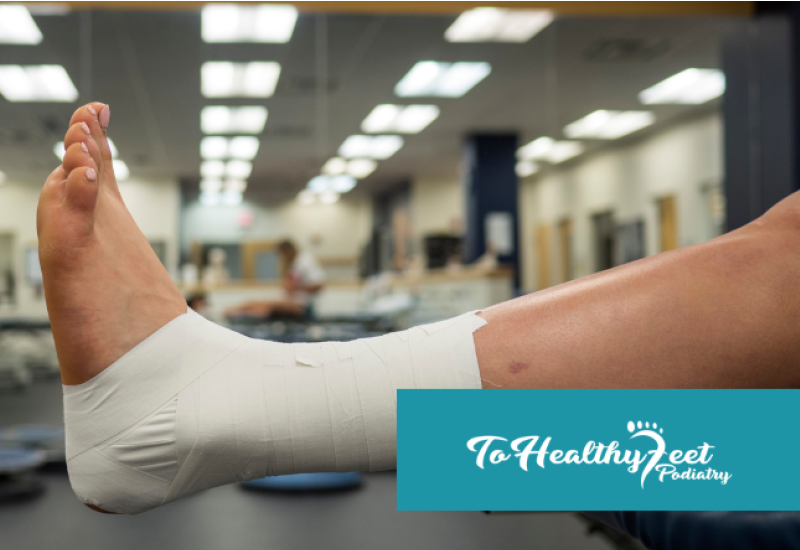What Is Ingrown Toenail Surgery?
Treatment options for ingrown toenails vary from corrective nail clipping, splinting to raise the nail away from the skin, and topical antibiotics to surgery. Ingrown toenail surgery is a fairly minor procedure performed in your podiatrist's office using local anesthetic. Depending on the severity and cause of your ingrown toenail, your podiatrist may choose one of the most common toenail surgeries:
Wedge Resection: This option is removal of a portion of the toenail to prevent it from digging into the skin. Your nail should grow back in three to four months.
Toenail Removal: This surgery will remove the entire toenail. It can take up to 18 months for the nail to regrow.
Matrixectomy: If a wedge resection or toenail removal fail, it may be necessary to remove the toenail and the entire nail bed. Your toenail will not regrow after a matrixectomy.
Your doctor may also make a small incision into the soft tissue of the toe or nail bed to drain the infection and relieve the swelling and pressure.
Recovery After Ingrown Toenail Surgery
Ingrown toenail surgery can take as little as ten minutes in your podiatrist's office. After the procedure, your doctor will dress your toe and provide detailed aftercare instructions. Your podiatrist may prescribe topical or oral antibiotics depending on the severity of your infection. You will be able to walk after surgery, but you should wear open-toed shoes home after surgery (or a podiatrist-supplied open-toe boot) and up to two weeks after to avoid putting pressure on your toe. Avoid getting your foot wet for at least 24 hours after surgery, and then clean your toe with running, warm, soapy water and pat it dry. You can return to normal activities within a couple of days of your ingrown toenail surgery, but avoid strenuous activities like running until cleared by your podiatrist. Here are some more tips for recovery:
- Soak your foot in warm water with Epsom salts every day. Pat your foot dry.
- Wear non-restrictive cotton socks and loose-fitting footwear (or open-toed shoes) for at least 3-4 days and up to two weeks.
- Keep your wound dressing dry and change it daily (after the initial 24 hours).
- Use over-the-counter, non-steroidal, anti-inflammatory drugs (NSAID) to relieve pain and swelling (as recommended by your podiatrist).
- Avoid touching or picking at the wound and avoid bumping your injured toe.
Relief For Ingrown Toenails In NYC
If your ingrown toenail is causing pain, impairing your mobility, is swollen or leaking pus or blood, or is hot to the touch, see your podiatrist as soon as possible. Your foot doctor can assess your ingrown toenail for signs of infection and make treatment recommendations to get you back on your feet quickly. Explore your options for ingrown toenail pain relief at To Healthy Feet today.
The team of foot doctors at To Healthy Feet in Manhattan can expertly assess all types of foot pain and discomfort and develop a personalized treatment strategy based on the severity of your symptoms, your lifestyle, and your goals for treatment. We provide accurate diagnosis and comprehensive foot and ankle care and have the tools and technologies necessary to provide a variety of tailored treatment approaches including regenerative medicine, conservative interventions, and even minimally invasive surgery (when needed) at each of our Manhattan Podiatry Clinics. If you are experiencing pain due to an ingrown toenail or any other foot or ankle condition pain, call To Healthy Feet Podiatry at 1-917-398-3668 or fill out the contact form to book your appointment at our Upper East Side, Times Square, Midtown Grand Central, or Downtown Wall Street locations today.
FAQ
Q: What types of shoes can cause an ingrown toenail?
A: Shoes that are pointy and narrow in the toe region, high heels, and shoes that are too tight can all lead to increased pressure on your toes. This can increase your risk of developing an ingrown toenail. A good rule of thumb is to wear shoes that you can wiggle your toes in.
Q: How should I clip my toenails to prevent an ingrown toenail?
A: They should be cut straight across. Cutting them too short and curving the edges can cause the nail to pierce the surrounding skin and become ingrown.
Q: Are there any home remedies I can try to help with my painful ingrown toenail?
A: Yes! If possible, try wearing an open-toed shoe to take pressure off of the painful toenail. Soak the toe in warm water with a teaspoon of Epsom salt for pain relief. If you notice any signs of infection, such as warmth, redness, swelling, or pus oozing from the affected area, you should seek medical treatment right away.




